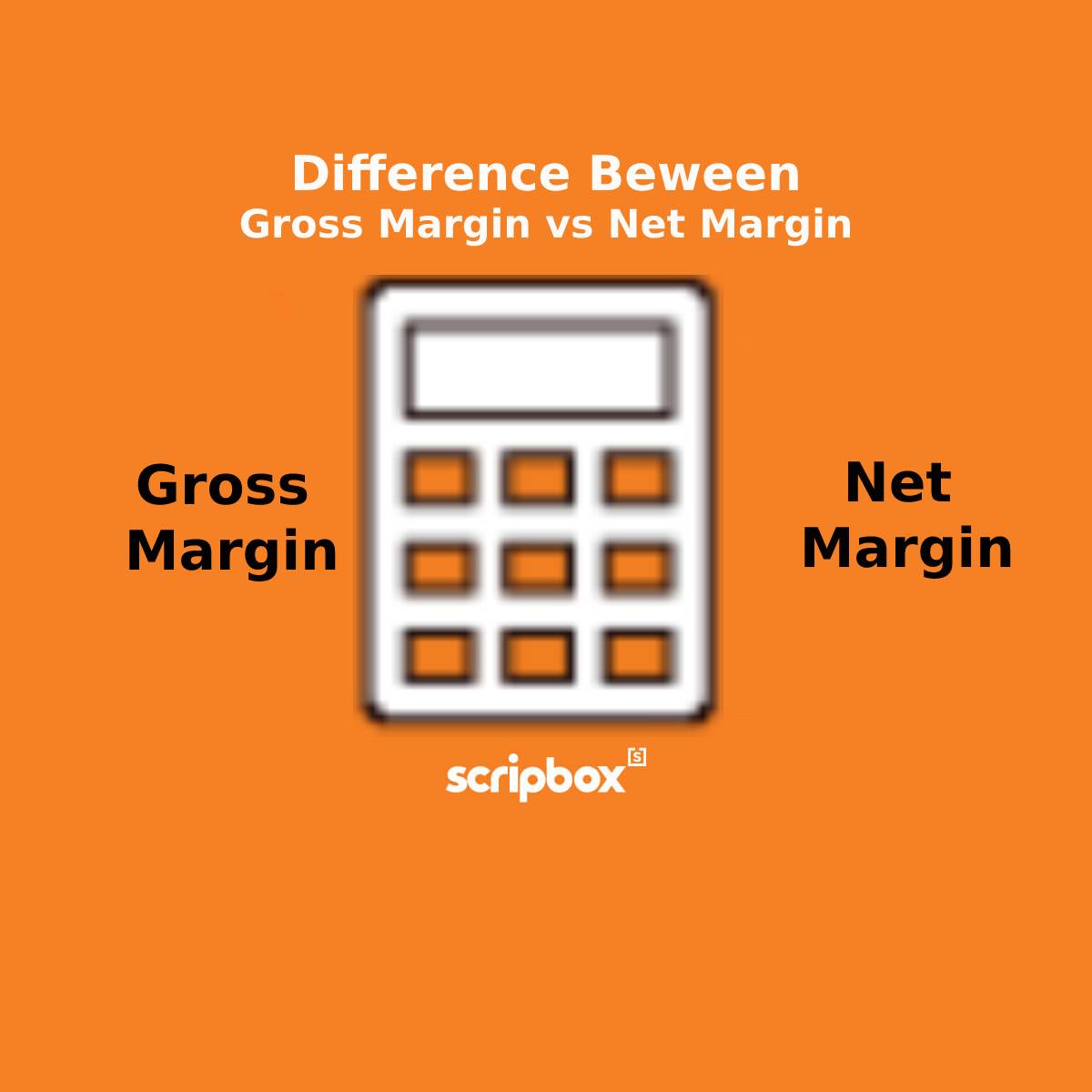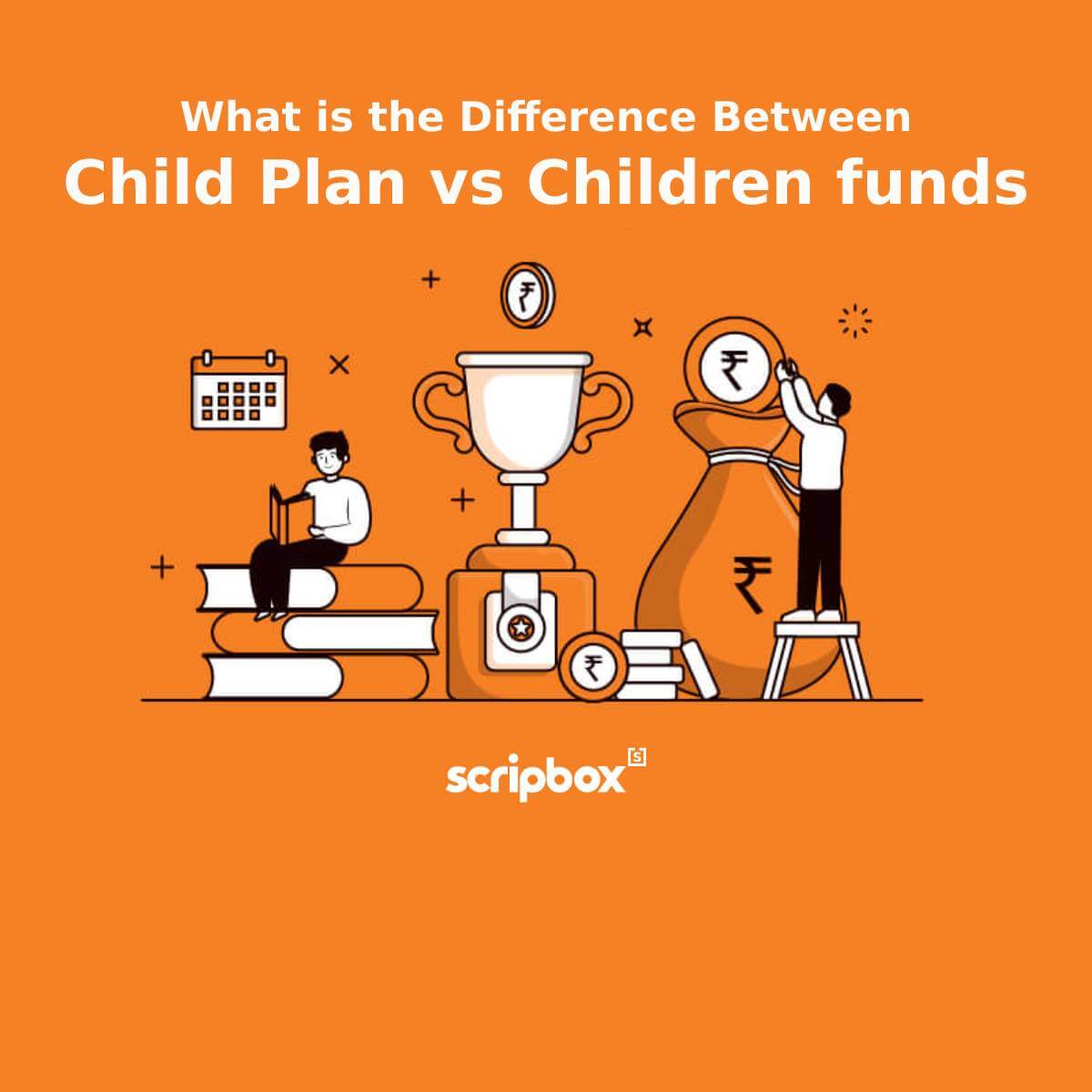What is Nifty 50?
The NIFTY 50 index comprises the top 50 large-cap firms in India that are market leaders in their respective sectors. As a result, only a select few of India’s largest and most reputable enterprises are included in this index. The index is used as a proxy for a hypothetical portfolio that may be used to track the overall performance of the Indian stock market.
The index is listed on the National Stock Exchange (NSE). It is one of the two primary benchmarks used by investors to gauge the stock market’s performance. Sensex is another widely used index. Sensex comprises 30 stocks controlled by the Bombay Stock Exchange (BSE).
One of the key reasons the Nifty is regarded as a useful indicator of stock market performance is because it consists of companies belonging to 14 distinct sectors. As a result, an investor who invests in the Nifty 50 index will have exposure to a diverse selection of companies. Thereby reducing investment risk significantly.
NSE has more than 1,300 stocks listed. When someone says ‘the market went up today,’ they typically refer to the NIFTY 50 index. Additionally, this indicates that the weighted average performance of those 50 stocks was positive. Furthermore, NIFTY is the reference point for many foreign investors following the Indian markets. Also, their initial investments in India are typically in NIFTY equities.
Recommended Read: Best Nifty 50 Index Fund in India
NIFTY 50 Companies
Following are the companies that form part of NIFTY 50:
| HDFC Life | Bajaj Finance |
| Tata Consumers | TCS |
| Kotak Bank | Bharti Airtel |
| Sun Pharma | HINDAL Co |
| HDFC Bank | SBI Life |
| Tata Steel | IndusInd Bank |
| UPL | Larsen & Tourbo |
| Dr Reddy | Tech M |
| Tata Motors | Grasim |
| Hindustan Unilever | Divis Lab |
| HDFC | Eicher Motors |
| M&M | BPCL |
| Ultratech Cement | Titan |
| Cipla | NTPC |
| Shree Cement | Britannia |
| Asian Paint | Apollo Hospitals |
| JSW Steel | SBI |
| ICICI Bank | PowerGrid |
| HCL Tech | Bajaj-Auto |
| ITC | Maruti |
| Nestle Ind | ONGC |
| Reliance | Wipro |
| Hero Moto Co | Adani Ports |
| Bajaj Finserv | Coal India |
| Infosys | Axis Bank |
How are Stocks Selected for Nifty 50?
Certain guidelines govern which 50 stocks should be included in the NIFTY 50 index. Following are the criteria upon which the NIFTY 50 is built:
Listed on NSE
The fundamental requirement for inclusion in the NIFTY 50 is that a company must be listed on the National Stock Exchange (NSE). Furthermore, the company must be listed for at least six months on the market (or if it just had an IPO, then listed for at least one month). Additionally, the company’s stocks should be available for trading in the NSE’s Futures & Options sector.
Free-Float Market Capitalisation
The NSE’s top 50 large-cap businesses are chosen based on their free-float market capitalisation. The free-float market capitalisation of a corporation is derived by multiplying its stock price by the number of freely available shares on the market. For instance, if a company has 10,000 shares available in the market for INR 100, the company’s market capitalisation is INR 10,00,000.
Liquidity
Liquidity is another criterion that is considered when including a stock in the NIFTY 50. This means that stocks that form part of the NIFTY 50 index must have a large trading volume. In other words, it should be easy to buy and sell these stocks.
Rebalancing
The 50 stocks that are part of the NIFTY index are not set. The index is rebalanced twice a year, in June and December. The NIFTY 50 index rebalances by removing stocks that have lost market value or have been suspended or delisted. The stocks that no longer match the criteria are removed. They are then replaced by emerging stocks whose market capitalisation would have increased. This rebalancing process automatically boosts the NIFTY 50’s exposure to emerging stocks and sectors.
Weightage of Sectors in NIFTY 50
| Sector | Weights |
| Financial Services | 34.82% |
| Information Technology | 16.15% |
| Oil, Gas & Consumable Fuels | 14.62% |
| Fast Moving Consumer Goods | 7.75% |
| Automobile and Auto Components | 5.17% |
| Healthcare | 4.06% |
| Consumer Durables | 3.32% |
| Metals & Mining | 3.25% |
| Construction | 2.74% |
| Construction Materials | 2.33% |
| Telecommunication | 2.33% |
| Power | 2.03% |
| Services | 0.82% |
| Chemicals | 0.60% |
explore our article on auto sector mutual funds.
Top 10 Stocks Weights in NIFTY 50
| Company Name | Weight |
| Reliance Industries Ltd. | 12.86% |
| HDFC Bank Ltd. | 8.10% |
| Infosys Ltd. | 7.66% |
| ICICI Bank Ltd. | 6.90% |
| Housing Development Finance Corporation | 5.39% |
| Tata Consultancy Services Ltd. | 4.91% |
| Kotak Mahindra Bank Ltd. | 3.51% |
| ITC Ltd. | 3.03% |
| Larsen & Tourbo Ltd. | 2.74% |
| Hindustan Unilever Ltd. | 2.67% |
How to Invest in Nifty 50?
Nifty 50 is a broad market index that reflects the market sentiments. An index cannot be purchased directly like a company’s shares. However, there are multiple ways to invest in an index. Following are the different ways to invest in Nifty 50-
Derivative Contracts
You can invest in NIFTY 50 stocks via derivatives such as futures and options (F&O). These contracts are based on price movements and volatility. This means that the derivatives’ price movement is correlated with the indices. However, because the index is not a stock, you cannot take delivery of it upon the contract expiry. Thus, all index derivatives will be cash settled on expiry.
In essence, (F&O) contracts are derivative contracts that enable market participants to buy and sell a stock or index at a specified price and/ or on a specified future date. Although NIFTY derivatives are widely regarded as one of the greatest ways to trade, they are not suitable for all investors, particularly new investors. This is because of the high level of speculation. The F&O segment is dominated by hedgers and speculators who have a high-risk tolerance and a better ability to monitor market performance.
Investing Through Future Contracts
If you have a bullish or bearish perspective on the Nifty index, you can profit from market swings by purchasing index futures contracts. For a bullish view, you can purchase a Nifty FUT Contract. On the other hand, if the view is bearish, you can short sell the Nifty FUT contract.
Investing Through Options Contracts
Similar to a futures contract, you can use options to profit from price movements. You can purchase a call option at the strike price for a bullish view. While, for a bearish view, you can purchase a put option. Once the index price reaches your contract price, you can square off your positions.
Index Mutual Funds and Exchange Traded Funds
You can invest in Nifty 50 through mutual funds as well. Index funds and exchange traded funds are passively managed mutual funds that track the underlying benchmark index. Thus, you can invest in an index fund or ETF that tracks the Nifty. These funds replicate the performance of an index, allowing investors to participate in the index’s value-generating process. Compared to other types of mutual funds, index funds are more cost-effective, offer greater diversification, and have a higher probability of generating positive returns for investors. Investing in Nifty index funds effectively invests in all 50 components of the Nifty 50 index, offering broad market exposure.
If you’re searching for a long-term investment with a low-risk profile, investing in NIFTY via index mutual funds or exchange-traded funds is ideal.
You can also read our articles What is the Difference Between ETF and Index Fund.
Direct Investment or Index Funds – Which is Better for an Investing in Nifty 50?
Direct Investment
Investing directly in the stocks that are part of the Nifty 50 can be a costly affair. Also, it is time-consuming and requires your attention to track the investments. Investing in equities cannot be done in portions. You will have to buy the entire stock. Hence when replicating the Nifty holdings, you will have to buy the stocks in the same proportions. It requires a sizeable amount to purchase all the 50 stocks in the same proportion as the index.
Let’s understand direct investing with an example. Assume you wish to invest INR 10,000 in NIFTY 50 on a monthly basis. Suppose one Ultratech Cement share costs around INR 6,615, while one Bajaj Finance share costs around INR 6,665. Therefore, if you purchase a single stock in each of these two firms, you will exceed your monthly limit of INR 10,000. Consider the amount of money required to purchase all the stocks that form the NIFTY 50 index.
Apart from large sums of money, you’ll also need to purchase all 50 equities according to their real weighting in the index and keep track of how that weighting changes every day. This is a lengthy workout. Because the stock weights vary according to their price movements, you will need to adjust your portfolio daily to mirror the index.
Index Funds
Index Funds attempt to replicate the performance of a specific index or benchmark. An index fund that tracks NIFTY will have the same 50 equities as NIFTY and also in the same proportion. These funds track a specific benchmark and hence fall under the category of passively managed funds. The fund manager makes no stock selections and simply replicates the benchmark. The fund management team’s objective is to keep the composition of the underlying benchmark constant.
The returns on these funds are roughly equivalent to those on the benchmark. However, there will be a small variance in performance, which is referred to as a tracking error. The best fund is one that has the fewest tracking errors.
Explore: Mutual Fund Returns
Which is Better?
Therefore, if you wish to invest in the Nifty 50, index funds and ETFs are an ideal option. These are low-cost investments that give you exposure to all the stocks in the index. To elaborate, while investing through index funds, you do not require high capital. You can invest as low as INR 500. You will be allocated units of the index fund that invests across all the stocks of Nifty.
Furthermore, the fund manager is in charge of rebalancing the portfolio based on the changes in the index holdings. Thus, you need not worry about managing your investments daily.
Therefore, if you wish to invest in Nifty 50, investing through index funds is a better option. Also, it is a good way for new or first-time investors to start their investment journey. With low investments, you get access to a diversified portfolio.
Benefits of Investing in Nifty 50
Following are the benefits of investing in the Nifty 50 Index:
- Minimum Investment: Since Index funds pool money from multiple investors, the minimum investment amounts are lower. You can begin investing with as little as INR 500 per month via SIPs and partly own all 50 stocks in the same proportion as the index. Furthermore, you have the flexibility to top up your investments whenever you want. Thus, investing in index funds is extremely convenient and hassle-free.
- Expense Ratio: Index funds track a broad benchmark. Thus, the fund manager’s role is to simply replicate the benchmark and rebalance the holding as per the weights. There is no active stock trading. As a result, the fund management costs are comparatively lower than an active mutual fund. Therefore, index funds have a lower expense ratio.
- Portfolio Management: Professional fund managers manage your investments. The fund manager is responsible for increasing or decreasing the holdings. You need not worry about rebalancing the stock holdings and maintaining them in the same proportion as the NIFTY 50 index.
- Bias: Investing in an index fund is pretty much straightforward. The fund portfolio simply replicates the underlying benchmark (Nifty 50). The fund manager is given a specific mandate regarding which equities to purchase and in what quantity. Therefore, a passive investing strategy eliminates human bias from investment decisions.























Show comments